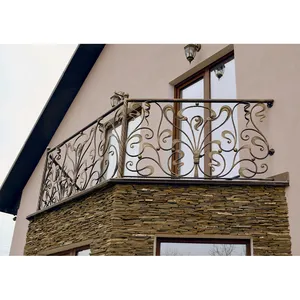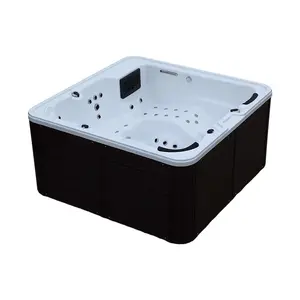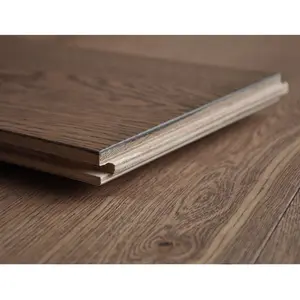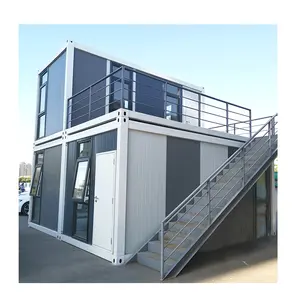Popular in your industry










































































Related Searches:



















































































































































Top categories
About residential outdoor stair railing
The residential outdoor stair railing refers to the safety barrier or handrail installed on outdoor stairs in residential properties. It serves several purposes, including providing support and stability while climbing or descending stairs, preventing accidents or falls, and enhancing the property's overall aesthetic appeal. The residential outdoor stair railing comes in a wide range of designs and styles to complement different architectural styles and personal preferences. Some common designs include straight railings, curved railings, ornamental railings, and minimalist modern railings.
Advantages of the residential outdoor stair railing
The primary advantage of having a residential outdoor stair railing is safety. A properly installed and sturdy railing provides support and stability while ascending or descending stairs, reducing the risk of accidents and falls. It offers a secure handhold for individuals of all ages, including children, older people, and those with mobility issues. A well-designed stair railing can improve accessibility for individuals with disabilities or limited mobility. It can assist them in navigating the stairs more easily and independently, promoting inclusivity and allowing everyone to access different areas of the property. The residential outdoor stair railing can also enhance the overall aesthetics of the home's exterior. With a wide range of materials, designs, and finishes available, users can choose a railing that complements the home's architectural style and adds visual appeal to the outdoor space.
Tips for using the residential outdoor stair railing
There are specific requirements for residential outdoor stair railings to ensure safety. The residential exterior stair railing code typically outlines specific requirements for the design, dimensions, and installation of outdoor stair railing. Here are some examples of codes: The residential stair railing height is one of the basic factors in ensuring safety. Codes generally require a minimum height for the railing, typically ranging from 34 to 38 inches above the stair treads. The handrail, which is the part of the railing that provides support while climbing or descending stairs, is required to extend beyond the top and bottom steps. Stair railings must be able to withstand a certain amount of force or weight. Codes often specify the minimum load-bearing capacity that the railing should be able to support. The requirement ensures the railing can safely support individuals leaning on or gripping it while using the stairs.
Types of residential outdoor stair railing
Wood residential outdoor stair railings are a popular choice for outdoor staircases due to their natural and timeless appeal. They can be made from various types of wood, such as cedar, redwood, or pressure-treated lumber. Wood railings can be customized with different designs, profiles, and finishes to match the home's aesthetic. Metal residential outdoor stair railings, such as wrought iron, are known for their strength, durability, and low maintenance. They can withstand various weather conditions and provide a sturdy and secure railing option. Residential metal stair railings can be customized with ornamental details, intricate designs, or decorative balusters to add a touch of elegance to the outdoor space. Glass railings provide a sleek and modern look to outdoor staircases. They are made with tempered or laminated glass panels, which are held in place by metal or vinyl frames. The residential glass stair railing offers unobstructed views and allows natural light to pass through.


































